Supersonic! The 11 Fastest Military Airplanes
Introduction

Aviation has come a long way since the intrepid Wright brothers made the first powered and sustained heavier-than-air flight in 1903. More than a century has passed since that fateful morning in Kitty Hawk, N.C., and since then, engineers have created planes that can fly higher and faster than Wilbur and Orville Wright likely ever imagined.
Here are 10 of the fastest military airplanes.
F-35 Lightning II

The F-35 Lightning II is the U.S. military's next-generation fighter jet, billed as the most advanced warplane of its type yet developed. The single-seat, single-engine aircraft features advanced stealth capabilities, combined with improved avionics and sensors.
The F-35 has a maximum speed of Mach 1.6, which is 1.6 times the speed of sound, or about 1,200 mph (1,930 km/h).
Despite boasting of unparalleled capabilities, the F-35 program has been plagued by delays and cost overruns. Still, the fighter jets are expected to eventually replace aging warplanes in the U.S. Air Force, Navy and Marine Corps.
Su-27 Flanker
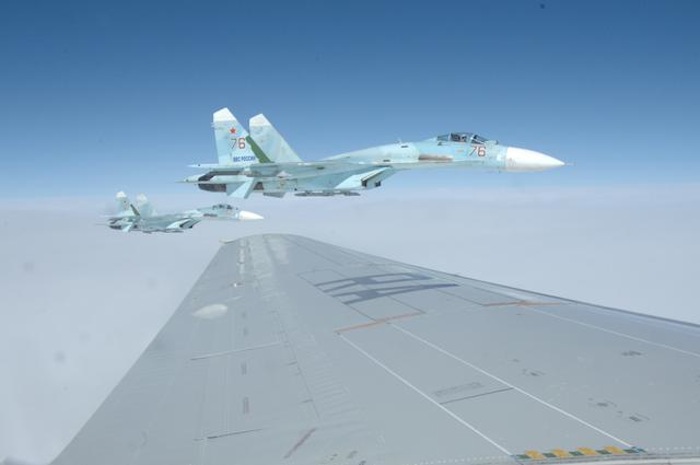
The Sukhol Su-27 is a twin-engine fighter plane built by the former U.S.S.R., in an attempt to outdo similarly advanced American aircraft. The plane made its first flight in May 1977, and officially entered service with the Soviet Air Force in 1985. The aircraft can reach a maximum supersonic speed of Mach 2.35 (1,550 mph, or 2,500 km/h), which is 2.35 times the speed of sound.
The Su-27 earned a reputation of being one of the most capable fighters of its time, and some remain in military use in Russia, Belarus and the Ukraine.
Get the world’s most fascinating discoveries delivered straight to your inbox.
F-111 Aardvark
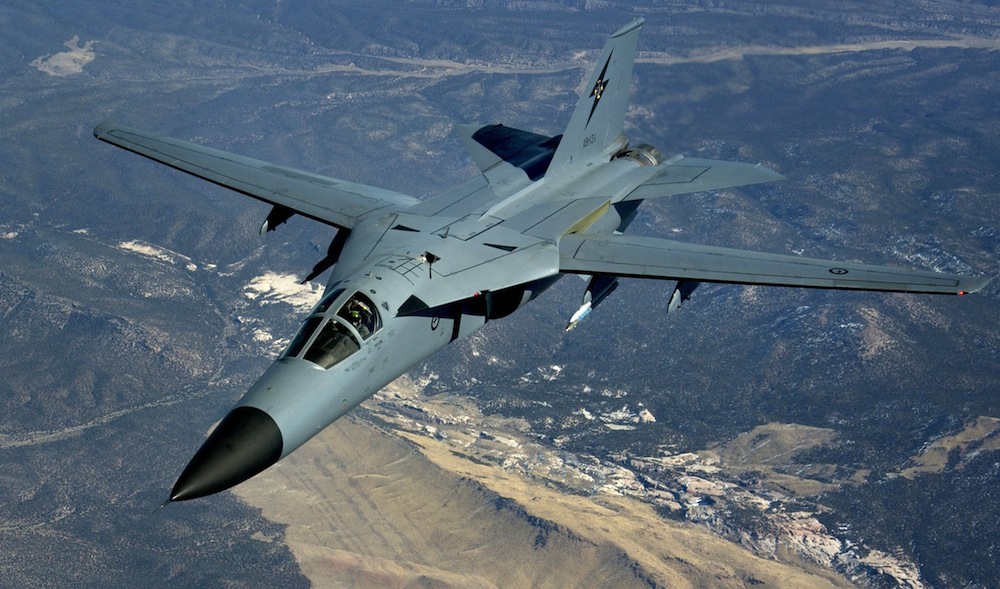
The F-111 Aardvark was a tactical strike aircraft developed in the 1960s by General Dynamics. The two-person plane first entered service with the U.S. Air Force in 1967, and was used for strategic bombing campaigns, gathering reconnaissance and performing electronic warfare. The F-111 was able to fly at speeds of Mach 2.5 (1,650 mph, or 2,655 km/h), or 2.5 times the speed of sound.
The F-111 Aardvark was widely used during the Vietnam War, but was phased out of use by the U.S. Air Force in 1998.
F-15 Eagle
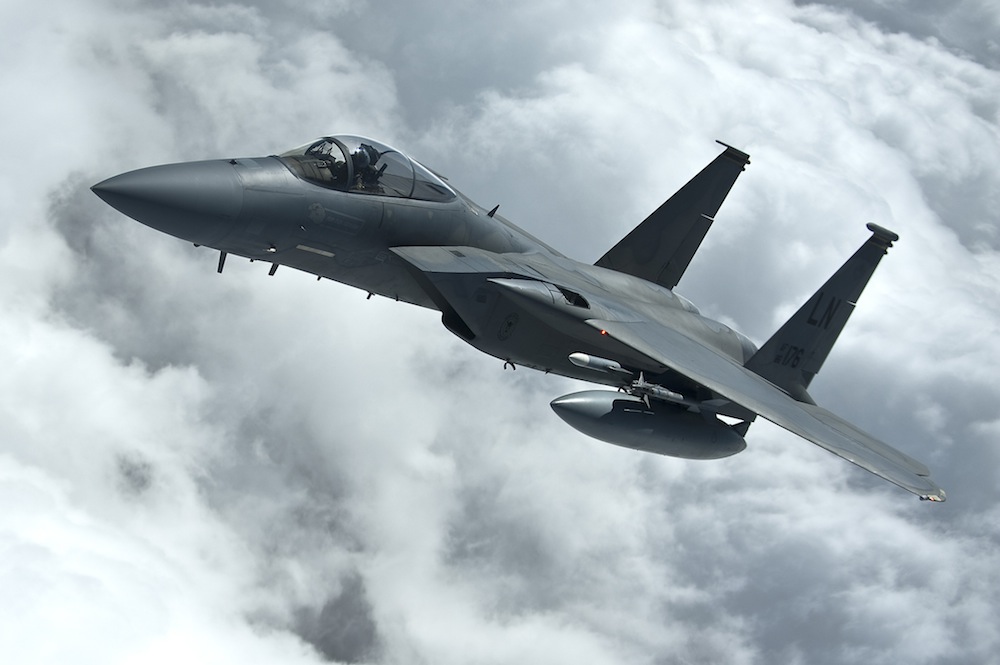
The F-15 Eagle is a twin-engine tactical fighter designed by McDonnell Douglas in 1967. The all-weather plane is designed to gain and maintain air superiority over enemy forces during aerial combat, which involves holding dominant positions in the sky. The F-15 Eagle first flew in July 1972, and officially entered service in the U.S. Air Force in 1976.
F-15s are capable of flying at speeds greater than Mach 2.5 (1,650 mph, or 2,655 km/h), and are considered one of the most successful planes ever created. The F-15 Eagle is expected to continue flying in the U.S. Air Force beyond 2025, and have also been exported to a number of foreign nations, including Japan, Israel and Saudi Arabia.
MiG-31 Foxhound

The Mikoyan MiG-31 Foxhound is a large, twin-engine supersonic aircraft designed to intercept foreign planes at high speeds. The two-person plane made its first flight in September 1975, and was introduced into service in the Soviet Air Defense Forces in 1982.
The MiG-31 reached published speeds of Mach 2.83 (1,860 mph, or 3,000 km/h), and was capable of flying supersonic even at low altitudes. The MiG-31 is still in service in the Russian Air Force and Kazakhstan Air Force.
XB-70 Valkyrie
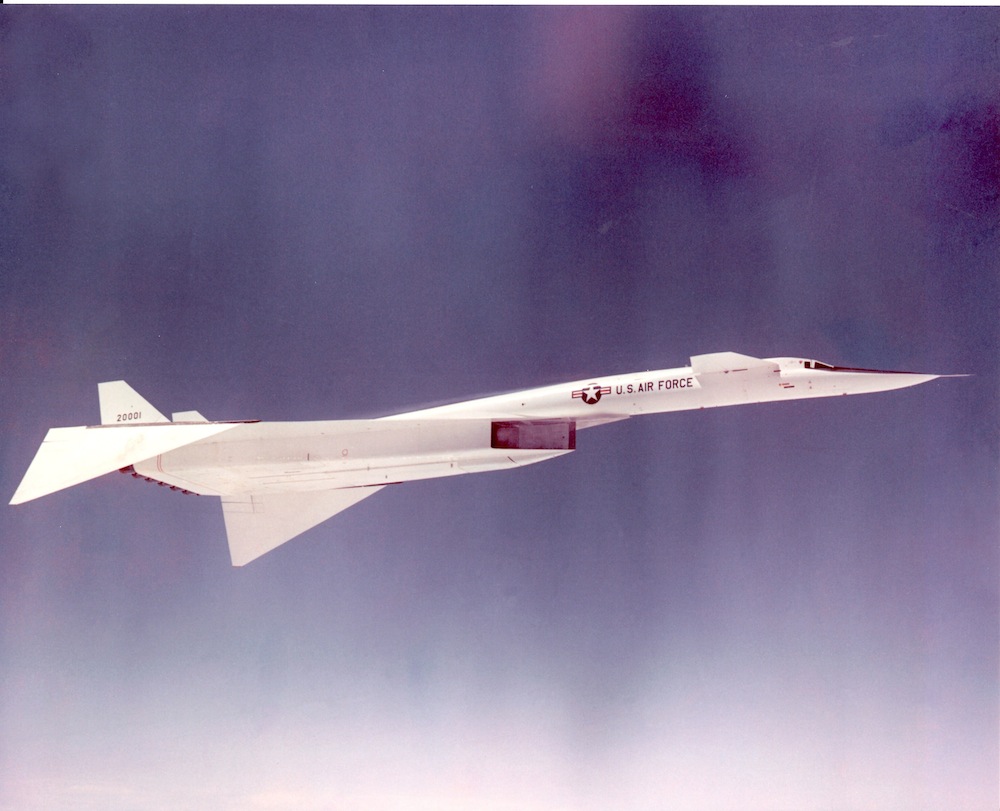
The mammoth six-engine XB-70 Valkyrie was designed by North American Aviation in the late 1950s. The aircraft was built as a prototype for a proposed nuclear-armed strategic bomber. The XB-70 Valkyrie achieved its design speed on Oct. 14, 1965, when it accelerated to Mach 3.02 (2,000 mph, or 3,219 km/h), at an altitude of 70,000 feet (21,300 m) over Edwards Air Force Base in California.
Two XB-70s were built and used in supersonic test flights from 1964 to 1969. Whereas one of the prototypes was lost in 1966 after a midair collision, the other XB-70 is on display for the public to view at the National Museum of the United States Air Force in Dayton, Ohio.
Bell X-2 "Starbuster"
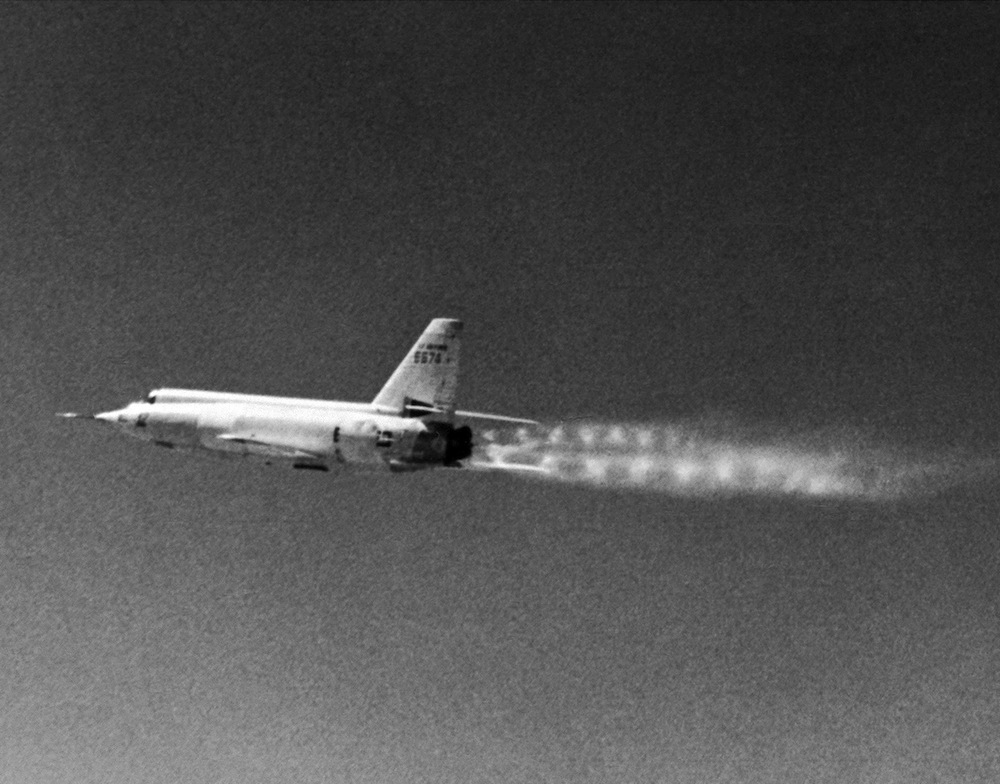
The Bell X-2 was a rocket-powered research plane jointly developed by Bell Aircraft Corporation, the U.S. Air Force and the National Advisory Committee for Aeronautics (the precursor to NASA) in 1945. The aircraft was built to investigate aerodynamic issues with supersonic flight within the Mach 2 to Mach 3 range.
The X-2, nicknamed "Starbuster," completed its first powered flight in November 1955. The following year, in September 1956, Captain Milburn Apt was at the controls when the X-2 reached Mach 3.2 (2,094 mph, or 3,370 km/h), at an altitude of 65,000 feet (19,800 m).
Shortly after attaining this top speed, however, Apt tried to turn the aircraft while it was still above Mach 3. The plane tumbled out of control, and Apt's attempts to recover from the spin failed. This tragic accident ended the X-2 program, after a total of 20 test flights.
MiG-25 Foxbat

The Mikoyan-Gurevich MiG-25 Foxbat was designed to intercept enemy aircraft at supersonic speeds and to collect reconnaissance data. The plane is one of the fastest military aircraft to have entered operational service. The MiG-25 made its first flight in 1964, and was first used by the Soviet Air Defense Forces in 1970.
The plane has an incredible top speed of Mach 3.2 (2,190 mph, or 3,524 km/h). The MiG-25 Foxbat is still in limited service in the Russian Air Force, but is also used by several other nations, including the Algerian Air Force and Syrian Air Force.
Lockheed YF-12

The Lockheed YF-12 was a prototype aircraft developed by the Lockheed Corporation in the late 1950s and early 1960s. The massive two-person plane was built to intercept enemy aircraft at Mach 3 speeds.
Testing of the YF-12 was completed over Area 51, the U.S. Air Force's top-secret test and training range, located in a remote part of southern Nevada. Many of the YF-12 flights were used to hide the identity of the Lockheed A-12 reconnaissance aircraft, which was being tested at the same time for the CIA.
The YF-12 made its first flight in 1963, and had a reported top speed of Mach 3.2 (2,070 mph, or 3,330 km/h) at an altitude of 80,000 feet (24,400 m). The U.S. Air Force eventually cancelled the program, but the YF-12 made a number of research flights for the Air Force and NASA until 1978.
SR-71 Blackbird
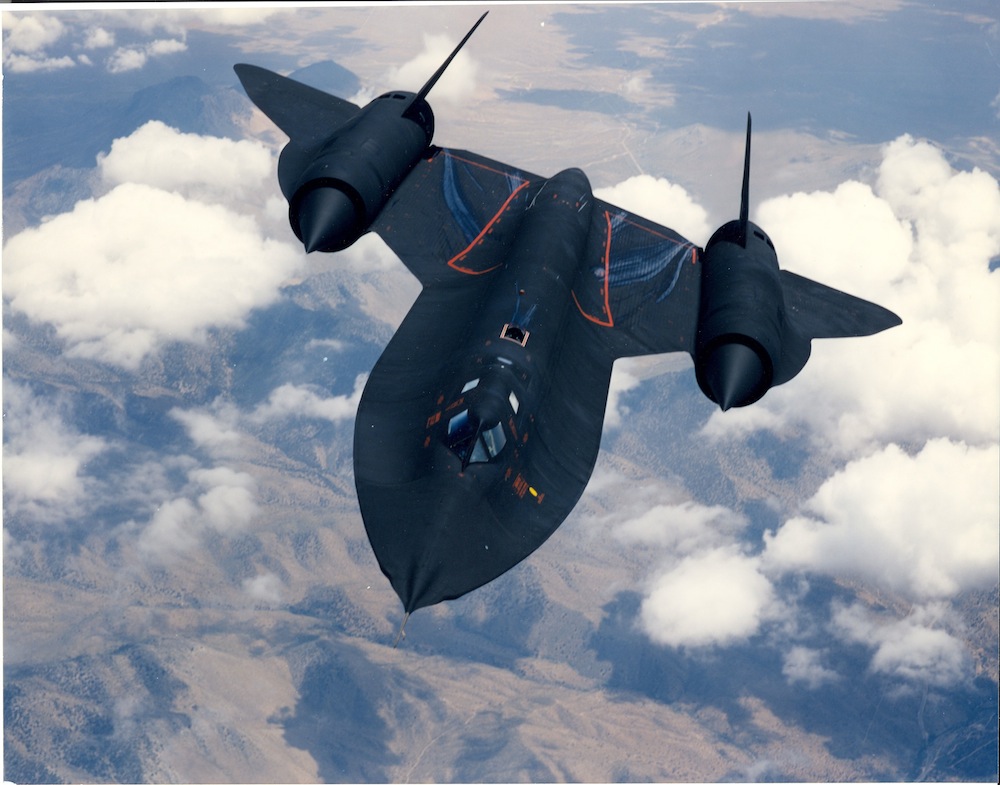
The SR-71 Blackbird was an advanced Cold War-era reconnaissance aircraft developed by Lockheed in the 1960s. The program was known as a "black project," which meant it was highly classified. The twin-engine, two-seater aircraft was capable of outracing potential threats during reconnaissance missions, including being able to accelerate and out-fly surface-to-air missiles if it was detected.
The SR-71 Blackbird could accelerate to Mach 3.3 (more than 2,200 mph, or 3,540 km/h) at an altitude of 80,000 feet (24,400 m).
The SR-71 made its first flight in December 1964, and was flown by the U.S. Air Force from 1964 to 1998. The Blackbird's performance and achievements cemented the plane as one of the greatest triumphs in aviation technology during the Cold War.

Denise Chow was the assistant managing editor at Live Science before moving to NBC News as a science reporter, where she focuses on general science and climate change. Before joining the Live Science team in 2013, she spent two years as a staff writer for Space.com, writing about rocket launches and covering NASA's final three space shuttle missions. A Canadian transplant, Denise has a bachelor's degree from the University of Toronto, and a master's degree in journalism from New York University.
